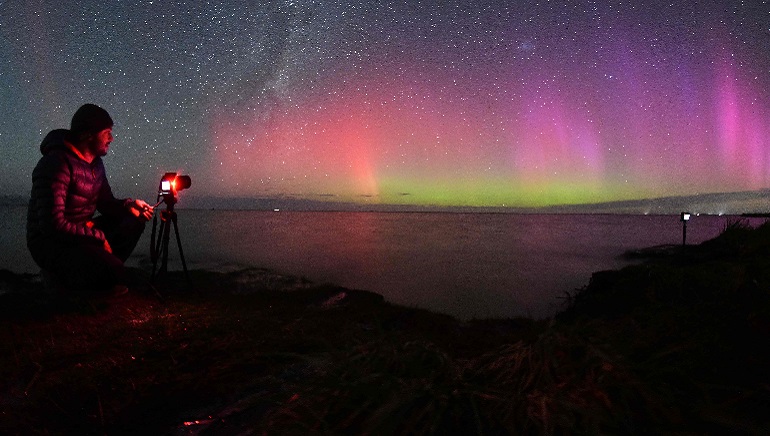Skywatchers in Europe, Asia and North America were treated on the night of April 23 to witness the most widespread displays of the aurora borealis (northern lights or) since the autumn solar storms of 2003. Similar impressive shows of the aurora australis (southern lights) were seen in Australia and New Zealand. The widespread international display of lights was due to a severe solar storm.
An intense solar storm has the northern lights gracing the skies farther south than usual. A blast of superhot material from the sun recently threw sweltering gases known as plasma towards Earth at about 3 million kph. This led to auroras across parts of Europe, North America and Asia.
This was the third severe geomagnetic storm since the current 11-year solar cycle began in 2019, according to the National Oceanic and Atmospheric Administration (NOAA). The agency expects the cycle to peak in 2024.
The farther north has the better chance of a show, as the energised particles interact with the atmosphere closer to Earth. In farther south, the curvature of the Earth cuts off the possibility for dazzling scenes as the particles interact higher in the atmosphere. The NOAA said that there could be more opportunities to witness auroras, as the solar cycle ramps up.















